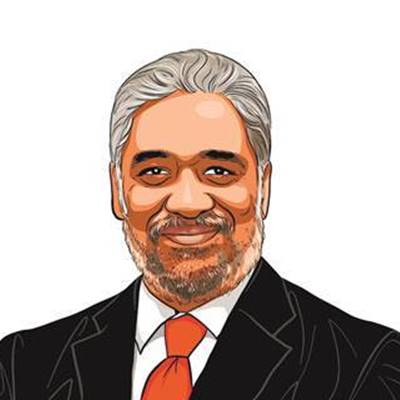Opinion Dividing West Punjab: Rebalancing Lahore,Multan and Bahawalpur
The division of the Punjab will be a historic moment in its political evolution.
There is mounting speculation in Pakistan that President Asif Ali Zardari might soon announce the formation of a new province from the southern parts of the Punjab province. Some say the announcement could come as early as the middle of this month,when Pakistan celebrates its independence day on August 14.
This is not the first time that the vast land of five rivers will be divided. Lord Curzon carved out the North West Frontier Province out of the Punjab in 1901. The Partition of the Subcontinent in 1947 divided the Punjab (and Bengal) along religious lines.
The eastern Punjab in India saw further division with the creation of Haryana and Himachal Pradesh. Across the Radcliffe Line,the (west) Punjab province dominated the political life of Pakistan,especially after the separation of Bangladesh.
As in undivided India,so in Pakistan,Punjab was the main source of recruitment into armed services. Punjabs double hegemonyas the largest province and the dominant ethnic group in the Pak armyevoked much resentment from the three other provinces,the Sindh,Balochistan and the Northwest Frontier Province. (In relation to the occupied parts of Jammu and Kashmir ruled directly from Islamabad,Pakistan had maintained the fiction that they were independenthence the name Azad Kashmir.)
Like every other part of the Subcontinent,the Punjab is a patchwork of multiple identities. In recent decades,the Seraikis,from the southern Punjab have begun to reassert their identity and demand a separate province for themselves centred on Multan.
Zardaris decision on dividing the Punjab,his opponents have argued,is about playing politics against Nawaz Sharifs Pakistan Muslim League,whose clout vests in its dominance over the Punjab. Yet,members of the PML-N,from southern Punjab have supported the formation of a Seraiki province. Meanwhile the political leaders from the Bahawalpur region in the Punjab oppose their inclusion in the proposed Seraiki province.
It is to the credit of Zardari and the PPP that they have sought to address the grievances of various minority ethnic groups in Pakistan. It has agreed to rename the NWFP as Khyber-Pukhtunkhwa and has engaged the Baloch leaders and promised to end the state repression there.
The Zardari government has also responded to the demands of the people in the so-called Northern Areas,a part of the original state of Jammu and Kashmir,by naming it Gilgit-Baltistan. While this does not end the anomalous status of the region within the Pakistani federation,it is indeed a step forward.
If the military rulers in Pakistan tended to centralise the nation and ride roughshod over minority sentiments,the democratically elected governments have responded to the aspirations for political devolution.
India continues to learn about the complexity of centre-state relations and copes with the demand for new states,and autonomous regions within states after more than six decades of democratic rule.
As Pakistan,which lost Bangladesh in 1971,struggles with the logic of federalism and decentralisation,the division of the Punjab will be a historic moment in its political evolution.





